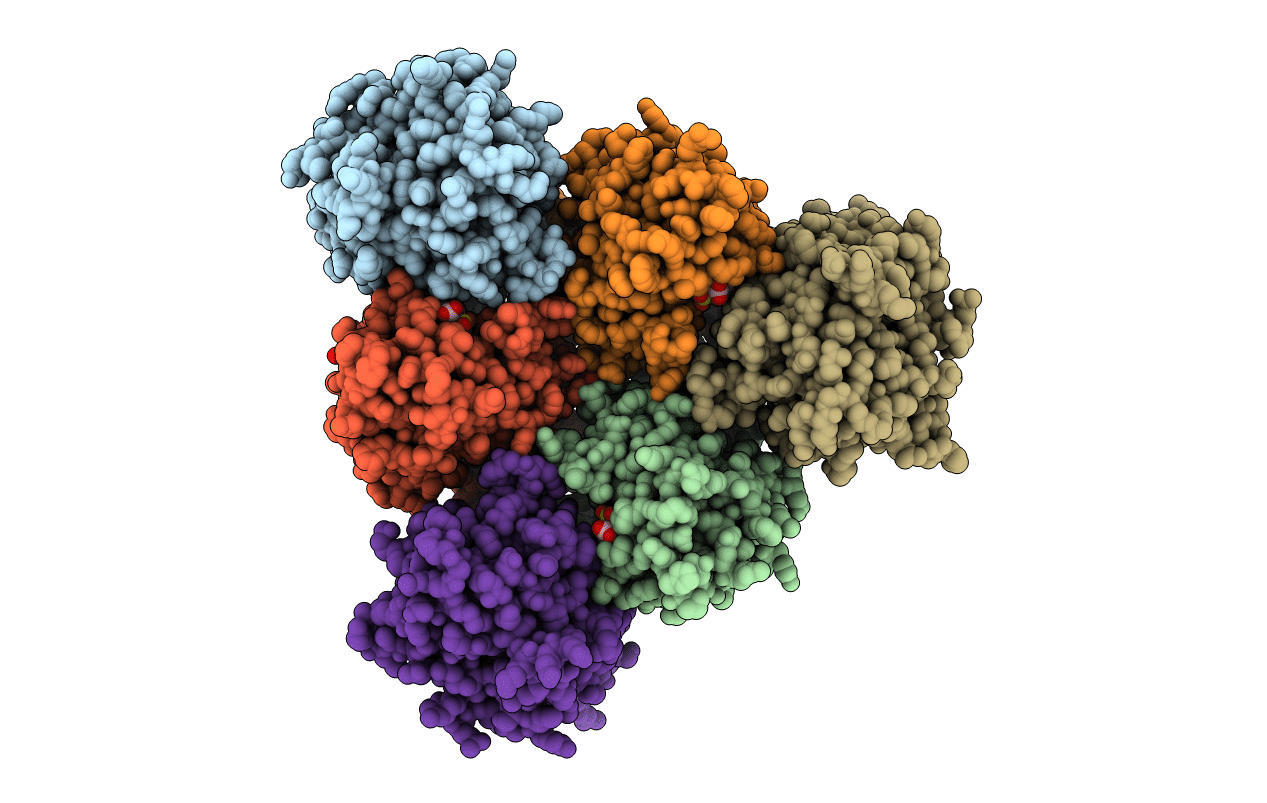
Deposition Date
2008-02-07
Release Date
2008-02-19
Last Version Date
2024-11-13
Entry Detail
PDB ID:
2VNT
Keywords:
Title:
Urokinase-Type Plasminogen Activator Inhibitor Complex with a 1-(7- SULPHOAMIDOISOQUINOLINYL)GUANIDINE
Biological Source:
Source Organism:
HOMO SAPIENS (Taxon ID: 9606)
Host Organism:
Method Details:
Experimental Method:
Resolution:
2.20 Å
R-Value Free:
0.29
R-Value Work:
0.24
R-Value Observed:
0.24
Space Group:
C 1 2 1


